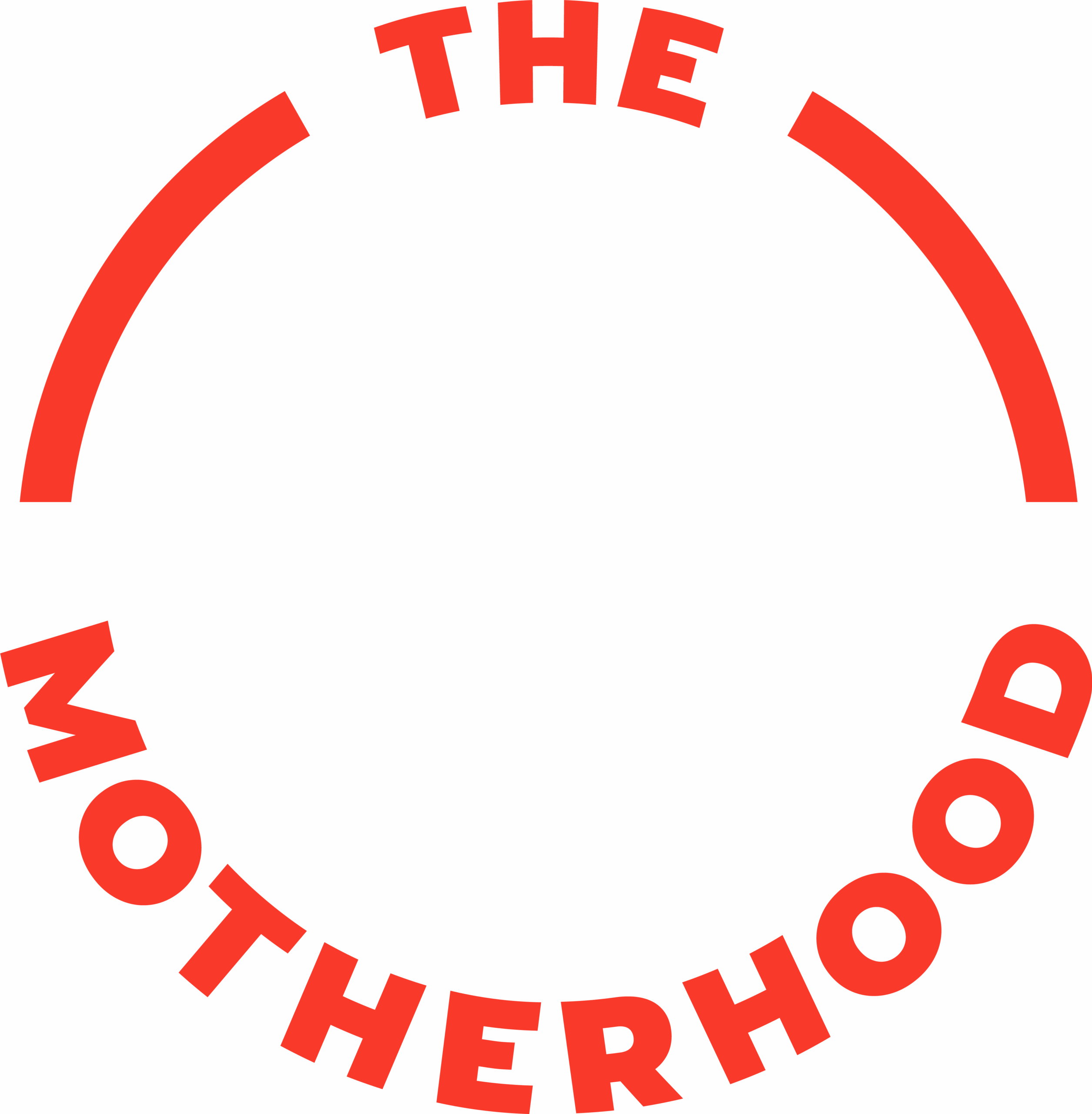Over the past couple of years, we’ve seen a significant rise in the use of the term “big data.” There are more tools and opportunity than ever before for collecting massive amounts of data online – but our abilities to make sense of and create value with all that data are still lacking. “Paralysis by overanalysis” plagues even the most sophisticated brand marketers.
This #MeasurementMonday, we are tackling the less quantitative side of marketing measurement: smart data and insights.

Before beginning an online campaign, insights collected through research can help shape a well-planned strategy. Social media marketing, especially in collaboration with influencers, can encourage the collection of smart data and insights. When campaigns are crafted in a way that creates authentic content and encourages natural conversation, the results will generally tell a robust story of how consumers responded to the information shared, what stuck out to them, and where they found the most value.
So, how can you cultivate these insights?
Unfortunately, there is not a simple formula for gathering data. Automated marketing tools and influencer marketing platforms do not rise to this level of sophistication in their reporting. In order to gather smart data, methods of data collection and storage must be consistent and timely, even across multiple channels and platforms. That data must then be aggregated into a single format and analyzed for trend recognition. Compiling insights from smart data collected during marketing campaigns requires a human touch, which at times can be tedious, but creates immense value when pulled correctly and presented in a meaningful way.
As a data-driven influencer marketing agency, The Motherhood leads brands in the process of cultivating, distilling and analyzing small data, and couples that with influencer-provided insights as part of our built-in feedback loop, to deliver meaningful ways to inform future strategy.
THREE WAYS TO collect smart data and insights IN YOUR Influencer marketing CAMPAIGN:
1. Allow creative freedom.
When given creative freedom, influencers generate content that reflects the thoughts of actual consumers. Influencer-generated content is created in ways that make sense to consumers and can teach brands a few things about how to connect with their target audience on a personal level. In the sponsored campaigns facilitated by The Motherhood, we often see an allowance for creative license bear fruit for the client – we advise giving influencers a selection of general themes to help shape their content and then allowing them to write in a way that is most authentic to them and engaging for their readers.
2. Tap niche communities through target influencers.
As influential leaders within their respective communities, bloggers publishing sponsored content can provide brands with a window into consumers’ minds – seeing how consumers react to their products or service offerings on a more personal level. Engagements (likes, shares, comments, etc.) on blog and social media posts are great indicators of factors such as reciprocity and shared value in a particular online community.
3. Facilitate natural conversations around a specific topic.
Influencers’ blog posts, tweets, contests and more can be crafted in a way that encourages feedback and ideas from real-life targeted consumers – so the brand can not only generate awareness of and interest in its products and services, it can gather insights on topics of interest from comments and replies to the online coverage.
At The Motherhood Inc., we focus on gathering smart insights and reporting them in meaningful ways to our clients. We listen closely to what our teams of influencers have to say and the feedback their readers share. Interested in creating an influencer marketing campaign that generates deep insights for your brand or company? We’d love to talk! Email us at [email protected] to get started.

Continue following our #MeasurementMonday series and view past posts here!

